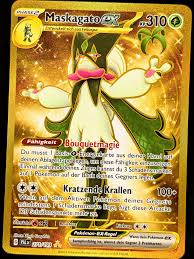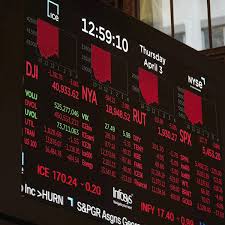The Importance of Gold in Today’s Economy

Understanding Gold’s Value
Gold has been an essential part of human civilization for millennia, serving not only as a symbol of wealth but also as a key asset in economies worldwide. Its importance resonates today more than ever, as global uncertainties, inflation concerns, and currency fluctuations drive investors toward this safe-haven asset.
Current Gold Market Trends
As of October 2023, gold prices have experienced substantial volatility, reflecting broader economic indicators. According to market reports, the price of gold has increased by approximately 12% over the past year, driven by heightened inflation rates and geopolitical tensions. Central banks, particularly in the United States and Europe, have indicated a potential shift in monetary policy, causing investors to flock to gold as a hedge against inflation and a safeguard for their investment portfolios.
Global Economic Influences
The rise in gold prices can be attributed to various global economic factors. The ongoing conflict in Eastern Europe has created instability, leading to increased demand for gold. Furthermore, analysts suggest that the anticipated slowdown in economic growth may push investors to secure their wealth in non-correlated commodities like gold.
Gold as a Safe-Haven Asset
During times of market uncertainty, gold is often viewed as a safe-haven asset. Historical data illustrates that during economic downturns, gold prices typically remain stable or even increase, unlike stocks and bonds that can experience significant losses. This reputation has solidified gold’s position in the portfolios of both institutional and retail investors.
Future Outlook for Gold
Looking ahead, experts predict that the demand for gold will continue to rise. With the global economy facing numerous challenges, including supply chain disruptions and energy price fluctuations, gold’s intrinsic value is likely to sustain interest among investors. Moreover, the growing adoption of digital gold, such as cryptocurrencies backed by gold, may introduce new dynamics in how gold is traded and valued.
Conclusion
In conclusion, gold remains a critical player in today’s global market, serving as a protective asset against uncertainty and inflation. For investors and economists alike, understanding the ongoing trends and factors influencing gold prices is essential for navigating the complexities of modern financial landscapes. As the world evolves, so does the role of gold, maintaining its historical significance while adapting to contemporary market demands.









